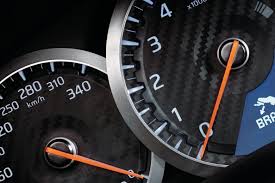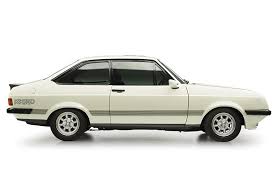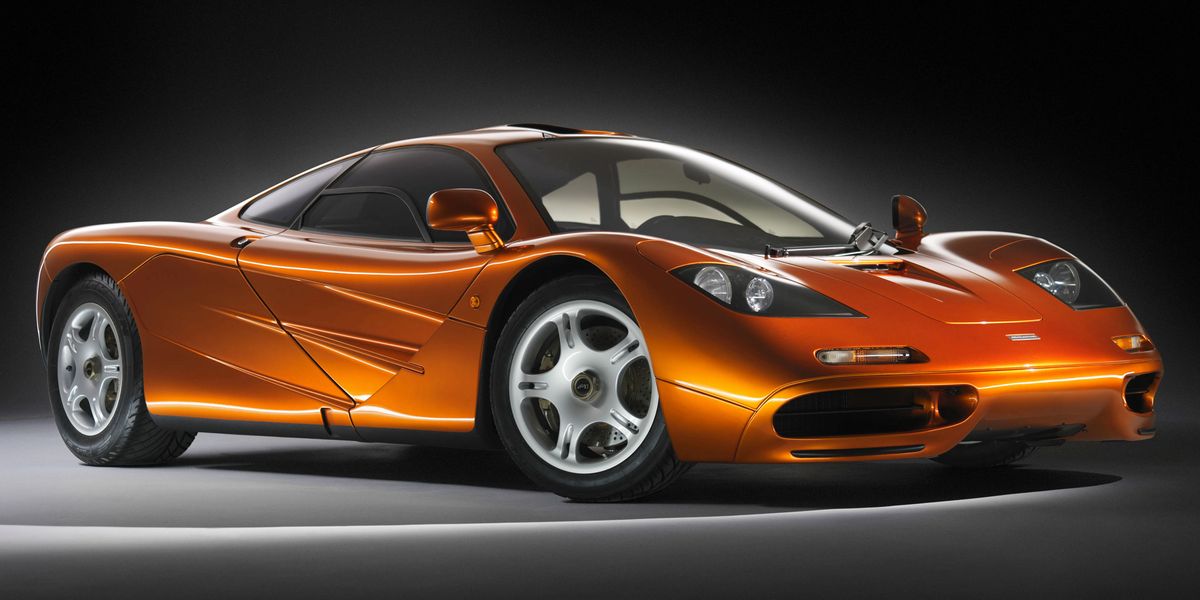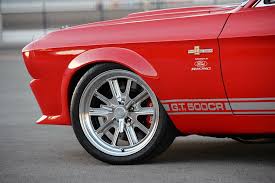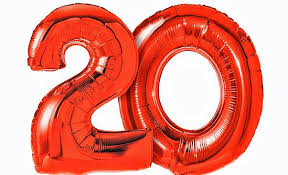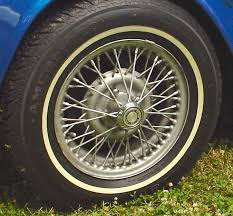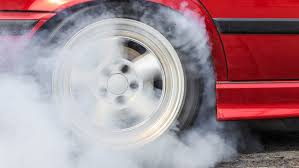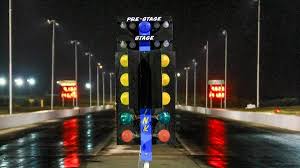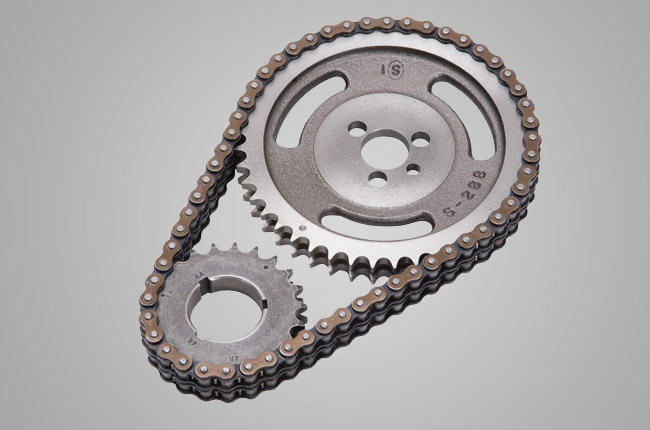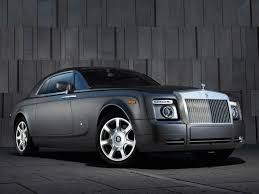


This edition of the Mitsubishi Lancer Evo VIII GSR is the 6 speed / Manual version and was first brought out in 2003. This was at around the same time as the introduction of the 2004 Westfield Sport 2000S and the 2004 Mitsubishi Lancer Evo VIII MR FQ 400.This particular Mitsubishi Lancer has a 1997cc Turbo Petrol powerplant with 4 cylinders in a St formation.
The Lancer shares its Petrol St4 engine configuration with the likes of the 2019 Ariel Atom 4 2.0 Turbo and the 2013 Caterham 7 620 R 2.0 L Supercharged. If you're looking for other fast cars which share the Lancer's All Wheel Drive, Saloon combination then how about the or the .
Weighing in at 1410 kgs (3108 lbs) this makes the Mitsubishi Lancer Evo VIII GSR in the same weight category as the 2022 Lotus Emira First Edition 3.5 V6 Supercharged or the give or take 50kg.
![Toyota Corolla GR Morizo Edition 1.6 Turbo - [2023] image Toyota Corolla GR Morizo Edition 1.6 Turbo - [2023] image](/editionimages/2397.webp)
The Mitsubishi Lancer shares the same bhp with the 2023 Toyota Corolla GR Morizo Edition 1.6 Turbo (300 bhp)
In terms of power the 1997cc 16V St4 engine produces 276 bhp (205 kW) @ 6500 rpm similar to the 2023 Toyota Corolla GR Morizo Edition 1.6 Turbo (300 bhp) or the 2023 Porsche Cayenne Coupe E-Hybrid 3.0 V6 Turbo (300 bhp).
The Turbo St4 throws out 289 lb-ft (391.8 Nm) @ 3500 rpm placing it with cars of similar torque performance figures such as the 2023 Porsche Cayenne E-Hybrid 3.0 V6 Turbo (310 lb-ft) or the 2023 Porsche Cayenne Coupe E-Hybrid 3.0 V6 Turbo (310 lb-ft).
If one combines the weight with power or torque performance for the Mitsubishi Lancer you can get a better idea of it's real world performance.
![Maybach 57 S 6.0 V12 - [2005] image Maybach 57 S 6.0 V12 - [2005] image](/editionimages/354.jpg)
The 2005 Maybach 57 S 6.0 V12 (220.4 bhp per ton) has similar Bhp Per Ton stats as the Mitsubishi Lancer.
The Mitsubishi Lancer has a Power to weight ratio of 195.7 bhp per ton and 204.9 lb-ft per ton. Bhp Per Ton figures of the 2003 Lancer competing with the 2005 Maybach 57 S 6.0 V12 (220.4 bhp per ton) or the 2016 BMW 1 Series M140i F21 LCI (220.3 bhp per ton).
If you agree with the late great Carroll Shelby then arguably an even better indicator of potential performance, Torque. Use weight as well and you end up with - Torque per ton, with the Mitsubishi Lancer generating around 204.9 lb-ft per ton. If you're curious as to what other cars have as much torque to weight then look no further than the 1971 Jensen SP Automatic 7.2 V8 (229.9 lb-ft per ton) or the 2004 Mercedes C Class 55 AMG (229.9 lb-ft per ton).
With a 0-60mph time of 5.10 secs or a 0-100km/h (0-62mph) of 5.3 secs, this made the Mitsubishi Lancer Evo VIII GSR as fast as the 2018 Alfa-Romeo Giulia Ti 2.0 Turbo (5.10 secs) the 2018 Alfa-Romeo Giulia Q4 2.0L Turbo (5.10 secs) the 2017 Dodge Challenger RT 5.7 V8 (5.10 secs) the or the 2017 Dodge Charger Daytona 5.7 V8 370 (5.10 secs). This Mitsubishi Lancer Evo VIII GSR is also faster than the 2021 Honda Civic Type R 2.0 16V Limited Edition (5.20 secs) the 2021 Ford Mustang Mach-E AWD (5.20 secs) the 2018 BMW X7 xDrive 50i 4.4 V8 Turbo (5.20 secs) the and the 2018 Tesla Model 3 Mid Range (5.20 secs).
When talking about the performance of the Mitsubishi Lancer on the drag strip it can reach a quarter mile in an estimated 13.57 secs @ 100.8 mph. Similar performance down the quarter mile can be found with the the 1993 Nissan Skyline R33 GTR (13.51 secs), the 2012 Renault Megane RenaultSport 2.0T 265 (13.52 secs), and the 1993 Toyota Supra 3.0 Turbo Auto (13.53 secs).
Modern performance cars are often artificially restricted to 155mph. The 2003 version of the Mitsubishi Lancer Evo VIII GSR has a maximum speed of 157mph.
If maxing out your car on the AutoBahn is your thing and you're wondering what's faster than the 2003 Mitsubishi Lancer Evo VIII GSR then how about the 2022 Volkswagen-VW Golf R Performance 2.0 Turbo (168 mph), the 2020 KIA Stinger GT 3.3 V6 Turbo AWD (168 mph), or the 2020 KIA Stinger GT2 3.3 V6 Turbo (168 mph).


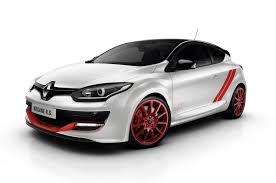
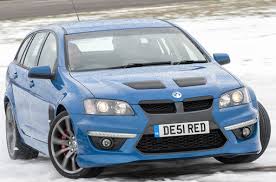
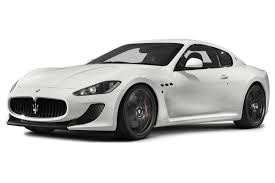



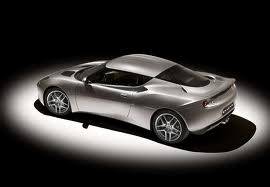

Porsche Cayenne 4.8 V8 Turbo S
Engine: Turbo Petrol | 4806cc 32v V8
Top Speed: 176 mph
0-60mph: 4.30 seconds
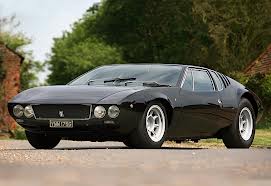
DeTomaso Mangusta 4.7 V8
Engine: Naturally Aspirated Petrol | 4727cc 16v V8
Top Speed: 249.4 kph
0-100kph: 5.7 seconds





